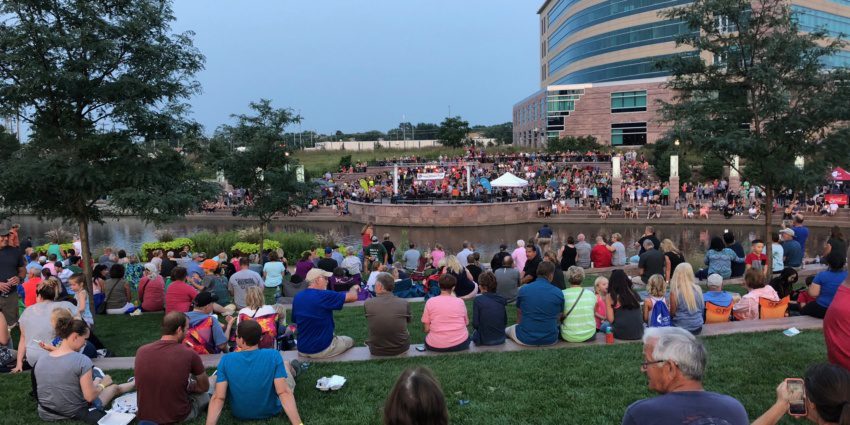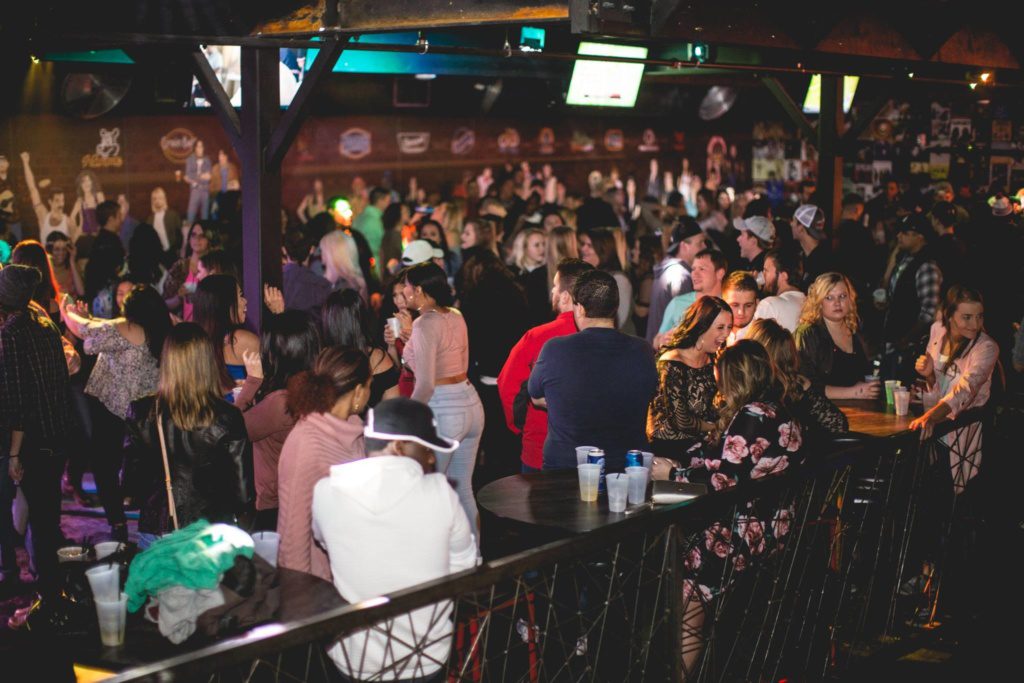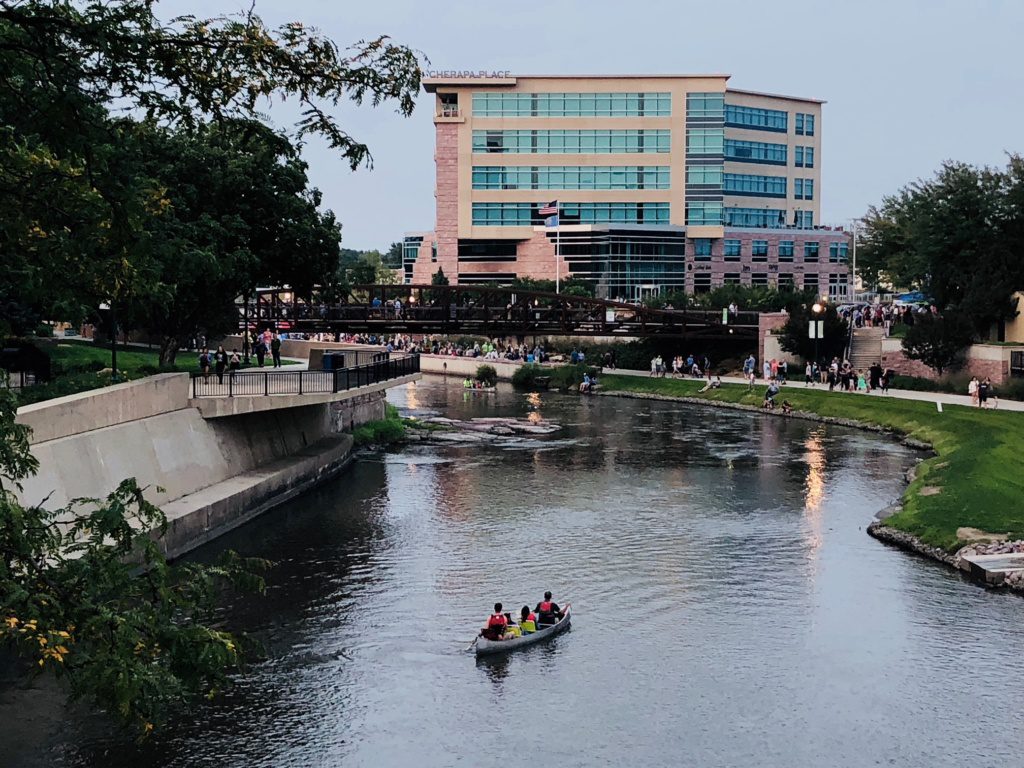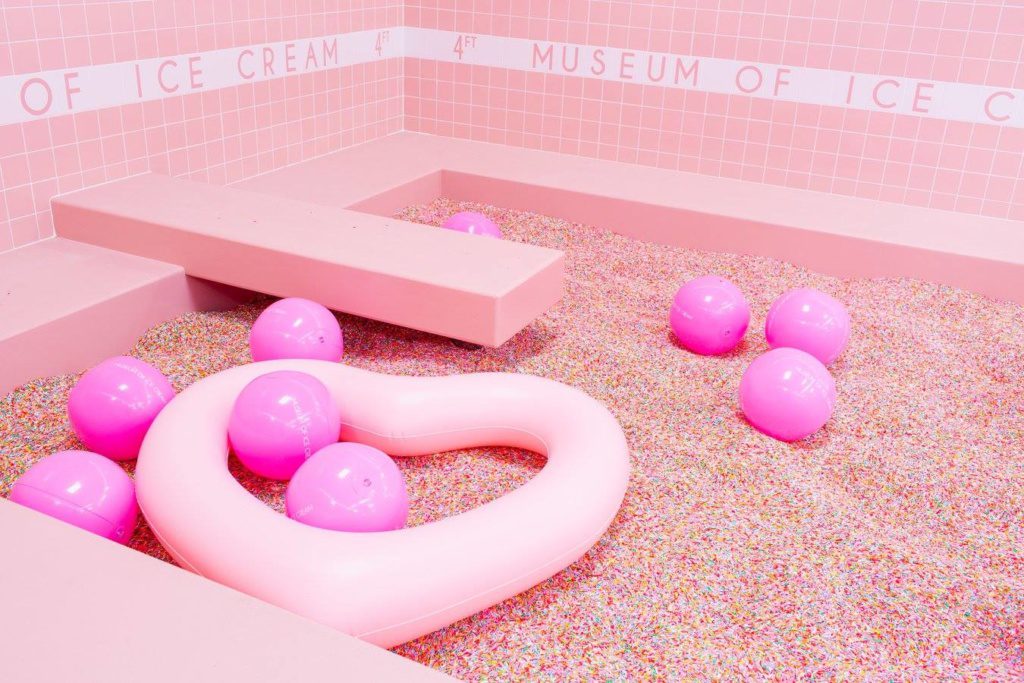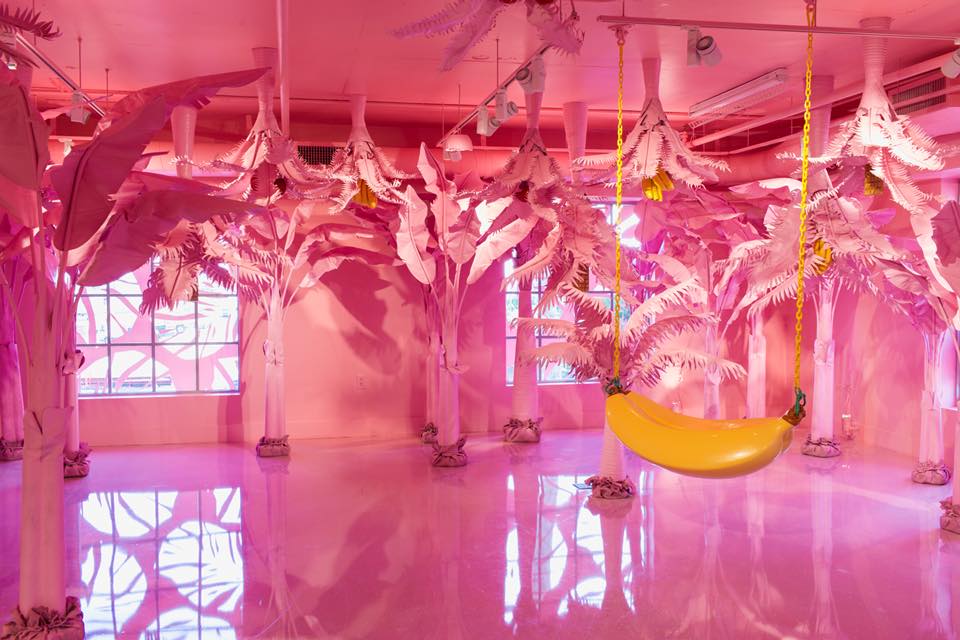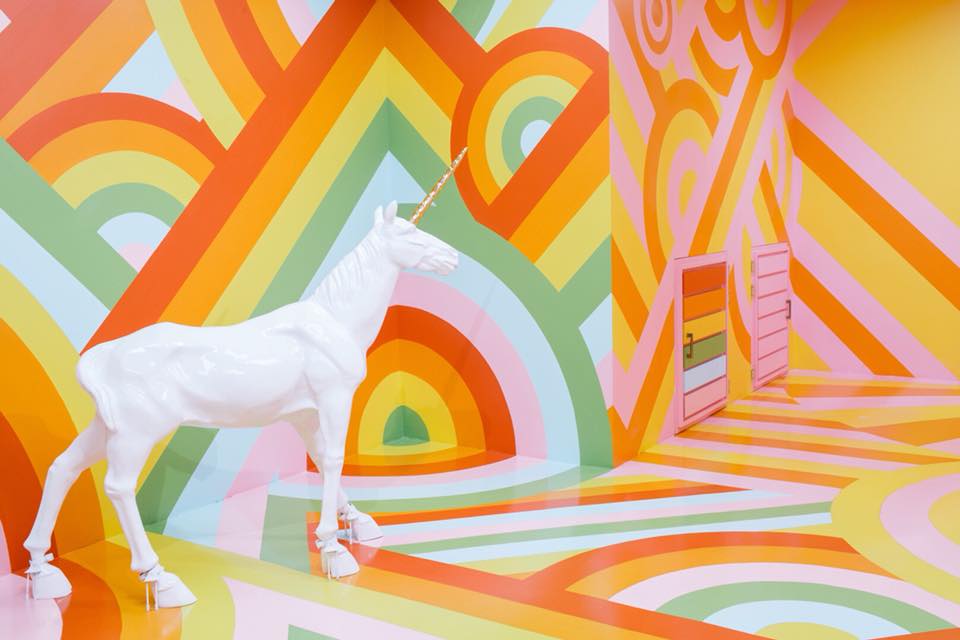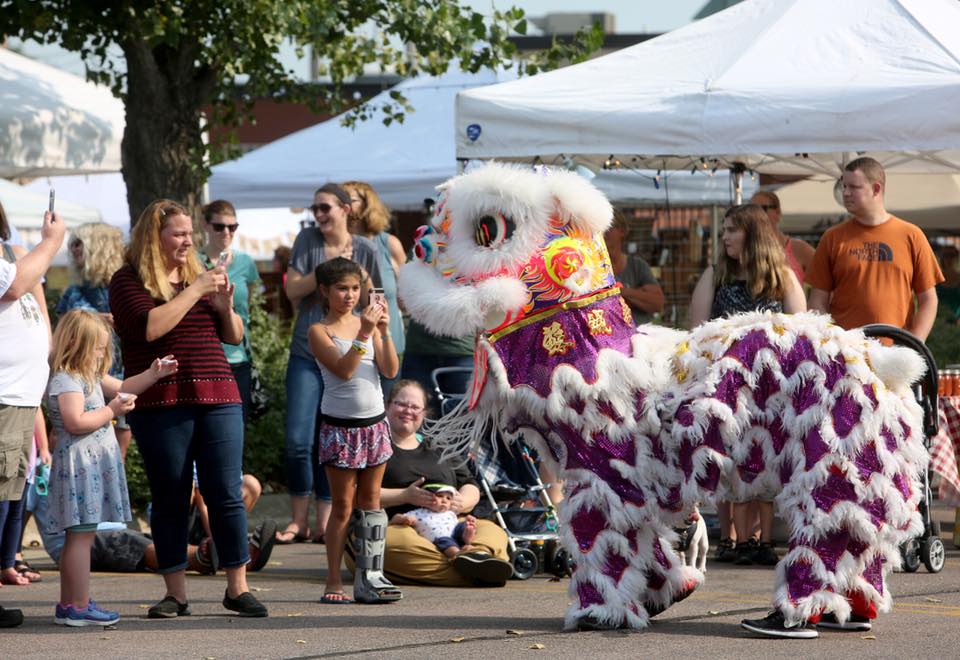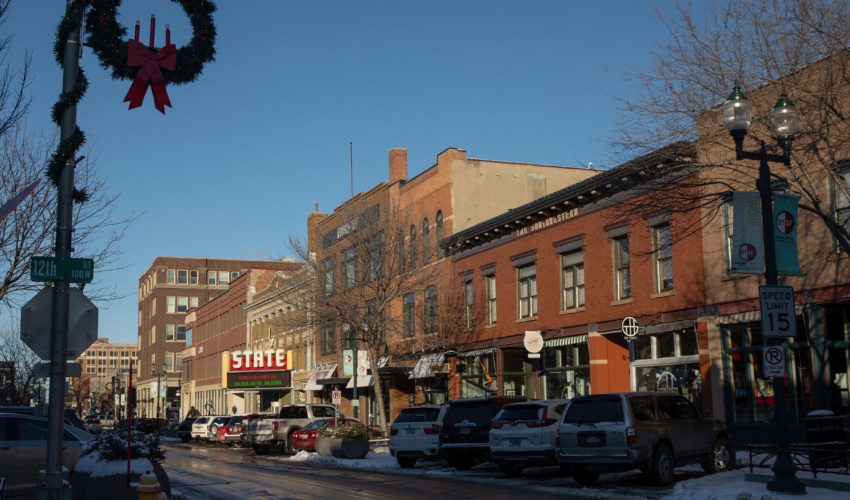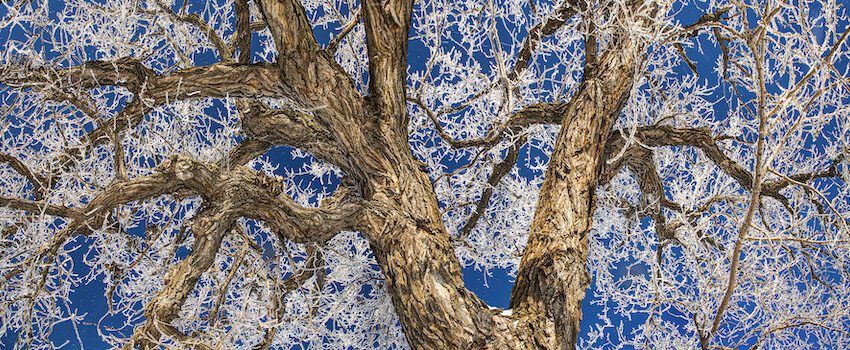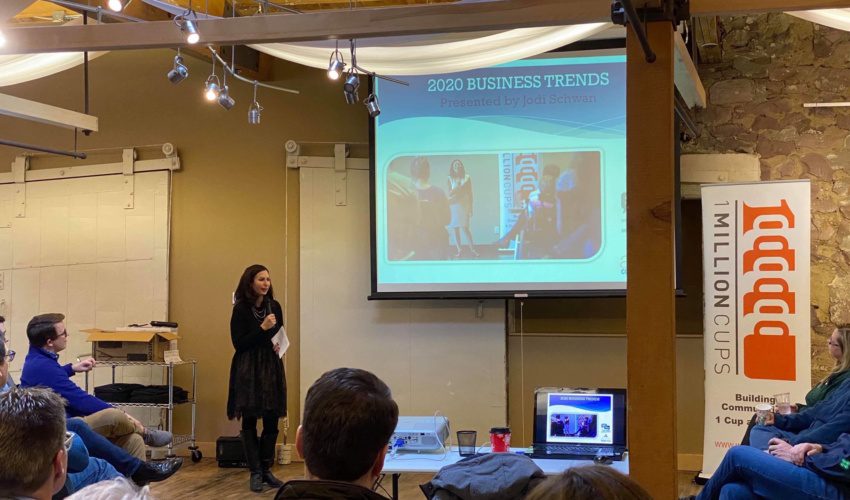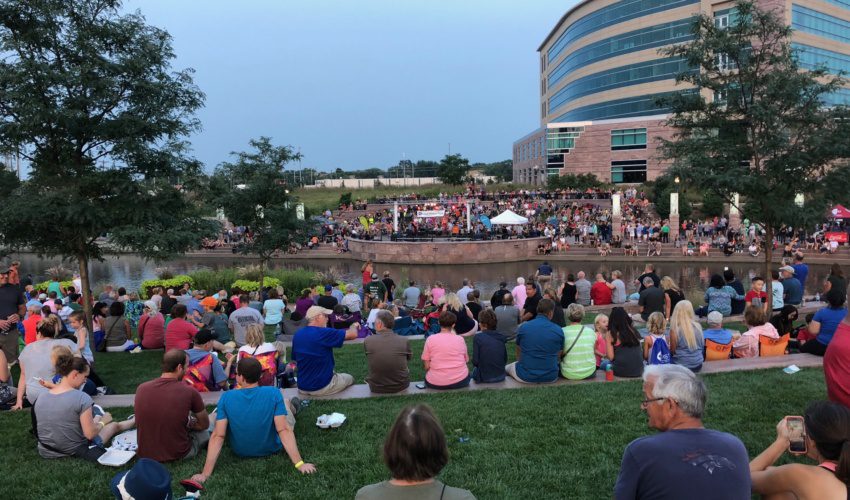Jodi’s Journal: Baseball, baby boomers and what downtown really needs
Aug. 26, 2018
For the past few weeks as I’ve spent time in downtown Sioux Falls, I’ve been struck by a subtle but pronounced shift.
I’ve started feeling younger.
That’s because as I’ve walked the area and visited many downtown businesses, the crowd around me has seemed, well, a bit older than I remember.
“Am I crazy?” I asked a friend one night as we walked by several people of retirement age about 9 p.m. headed to listen to live music.
“Nope,” came the reply. “Downtown has turned into Facebook.”
Now it was great to see the streets busy. And all the 60- and 70-somethings appeared to be having a blast, generously patronizing many establishments. We’ve definitely created a place that’s attractive to them, and that’s a good thing. But it’s also made me stop and think a little about what might be going on and what it means as we cultivate downtown’s future.
First, I think there are more people at or near retirement age living in the area. That means they will stay close and invite friends.
It also means we need to be aware as we add housing that we are making it accessible to people of a certain income. I absolutely believe many young professionals and even young families want to live close to downtown. But I wonder if they’re finding more limited options.
I also think younger people – for this purpose, let’s take that to mean people under 30 – are staying closer to home when they socialize. Instead of going out for a sit-down meal, they’re grabbing something at a fast-casual restaurant. When they hang out with friends, it’s often at home or at a bar or restaurant close to home.
I started down this road with John Geiken, one of the owners of PAve, and he began nodding right away.
“I think that younger generation, when they’re drinking, they pregame at home and go out late to save money,” he said.
“Lyft is huge for us,” he added. “We love seeing it. And it’s brought more older people. I think downtown has this aura that says it’s only old people from this time to this time, and after that young people go.”
At his bar and restaurant, the crowd’s demographics change dramatically between happy hour and late night, he said. A packed after-work Friday trivia group gives way to what he calls an older dinner crowd “and by 10:30, 11 p.m., a light switch goes off and it’s just pretty much 21 to 30.”
Incidentally, when occasional problems arise, it’s generally not from those in their 20s, he said, adding they’re good about talking their friends down from escalating issues.
“I think if there were a lot more things geared toward that younger generation, they would come.”
Which brings me to the recently renewed conversation about relocating a baseball stadium downtown.
I’ll just be candid: From everything I can see in motion, the future of baseball in this community is at the Sanford Sports Complex.
And that’s appropriate. The mix of athletic uses and now retail development in that area supports additional facilities, and the prospect of private investment makes it more appealing.
I estimate a stadium to be at least a $30 million investment, likely more downtown with parking and land redevelopment. Even if some kind of public-private partnership could be developed, the city would have an uphill climb justifying that additional debt at least for the next few years. And if we could find the dollars, we could stretch them so much farther going other directions.
Many cities comparable in size to ours are building baseball stadiums in their downtowns, which I actually think is less of a reason to do the same.
One of the many things I love about downtown areas is how unique they are to each community. There are many places in Sioux Falls you could go that would look very much like the neighborhoods, commercial centers and parks you might find in many other cities.
Downtown is different. From the historic buildings to the river running through and the obvious, Falls Park, there are experiences in downtown Sioux Falls you won’t get anywhere else.
It’s sometimes easier and more politically palatable for cities to emulate other places. But in this case, the winners are going to be the ones who use their public-private partnerships to create something new.
Our younger generation has many traits, starting with a historically low attention span, that are counter to the sport of baseball. The other uses for a stadium, from live music to special events, can be accommodated at other venues in development downtown.
Here’s what I think downtown really needs.
It needs unique experiences.
It needs more things to do year-round.
It needs us to finally come together as a region to clean up our waterways enough to invite more recreation on the river.
Most of all, it needs us to invest, publicly and privately, with an eye toward what future generations will want.
Maybe for our next business or community event speaker we should bring in Maryellis Bunn, a 26-year-old entrepreneur dubbed a potential “millennial Walt Disney” by New York magazine.
Bunn is co-founder of The Museum of Ice Cream, which actually is not a museum at all. Rather, it’s an array of brightly colored rooms featuring such Instagram-friendly backdrops as a unicorn, rock candy cave and its signature attraction: a swimming pool of pellets designed to look like rainbow sprinkles.
“It’s like a haunted house for digital natives; a Willy Wonka–induced fever dream,” the magazine said. “It’s not a store, though there’s plenty to buy. It’s not an ice-cream joint either, though the treat’s available. It’s an elusive concept with a concrete aesthetic.”
The pop-up museum has gone to four cities, with dozens more clamoring for one.
Every room has something interactive. Each visit is structured to last 45 minutes. Tickets are about $30, capped daily and tend to sell out fast. The ice cream is donated by local shops, which gain visibility. Corporate sponsors back it because of the way it connects people to their brand through an experience.
“Our generation doesn’t want to spend six hours doing anything,” Bunn told the magazine, adding a recent trip to Disneyland disappointed her because it hadn’t changed much since her childhood. The return on investment for a ticket wasn’t realized through a unique experience, she said.
“I love Disneyland, but it’s just not … it’s not for today.”
That’s our challenge not just downtown but citywide. We have to build a city for today and for the future. I’m not literally saying we swap a stadium for a swimming pool of sprinkles, but it’s going to require thinking a bit differently. That’s riskier in some ways, but the reward is so much bigger.
The times I saw the most diverse crowds downtown this summer have been around outdoor events with live music. We saw it at East Bank block parties, at Downtown Riverfest and again this weekend at our 605 Made Night Market and the That Sounds Decent concert.
All we did in those cases was create a foundation and allowed people to make it their own. We kept the cost low, we gave people something different to do, and we didn’t require them to spend a lot of time in one place in order to do it.
A lot of this takes more manpower than money. It takes more vision than it does construction. So let’s take the talent in this community for design, innovation, fundraising and community-building and use it to create things that will excite young people enough to keep them here.
“Every day we have people showing up in droves,” Bunn said of her museum. “They want to have an experience. There’s something there. When I use my imagination, that’s where my magic is.”
Tap into that spirit as a community, and just imagine what could happen.

